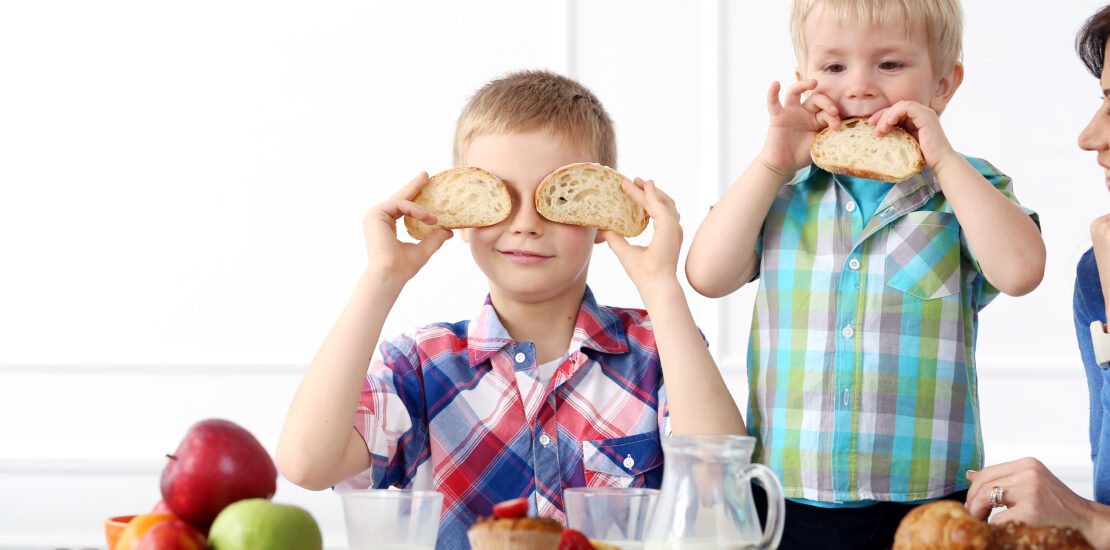- February 3, 2024

“My daughter has a big problem with eating, but every time she comes home from school, I find a piece of bread in her bag, and I am very happy. Despite her challenges with eating, my daughter finishes her share of food at school. If she doesn’t finish the bread, she takes it back home to eat later.”

“It seems that everything is simple, and the work is easy,” Armen Mkrtchyan, a nutritionist at the “School Feeding and Child Welfare” Agency, tells the parents. In fact, to place a bowl of warm, healthy food on the child’s table, quite complex and responsible work is undertaken. About 102,000 children receive hot meals at school every day.
Even research proves that school food is not just a meal in a bowl. For instance, it turns out that in schools where hot meals are provided to students, arguments and fights between children decrease. Additionally, sharing the same meals in the same canteen serves as a great platform for the socialization of children.

“It’s one thing when children communicate in class, another when they gather around a common table and eat bread together,” Armen Mkrtchyan says. “Children who eat together become closer. It is not for nothing that they say ‘share bread with each other.’ Additionally, the child learns proper table manners, and the cooks, in turn, learn to serve the child the right food with an individual portion.”
Susan Hovsepyan, after listening to the nutritionist, finally finds the answer to the question that has been bothering her for a long time: how come she struggles at home over the issue of feeding her daughter, as the little beauty is stubborn when it comes to eating, yet at school, the same obstinate child finishes her bowl every day. Perhaps eating with friends is the secret?
“I don’t need to go and delve into the cook’s work on the spot to be satisfied or wonder if there is a caring approach towards our children,” says Susanna. “The best proof for me is my daughter, who constantly says, ‘Sister Alice cooks better than you. Can you ask Sister Alice how she cooks, and you can also prepare the meals that way?'”
It becomes clear from the interview that it is not only in Susanna’s house that children draw parallels between the school cook and the meals prepared by their family members, and sometimes parents observe revolutionary changes in their children’s eating behavior.
“As a result of the program, we often observe that foods not typically prepared at home, and to which children are not accustomed, smoothly become favorite parts of the child’s diet,” says nutritionist Armen Mkrtchyan. “For instance, children start enjoying peas, beans, and lentils. And it’s not limited to the school setting; they begin incorporating these foods into their diet at home, even prompting their parents to cook them more frequently.”
Director of SFCW Agency Satenik Mkrtchyan says that their institution has made meetings with parents a tradition. SFCW regularly informs parents, in both online and offline formats, about the details of this program that ensures their child’s current healthy diet and lays the foundations for a healthy life in the future. Parents are not just observers in the “School Feeding” program; they are an important part of the community woven around the project.
“No matter how hard we try to provide children with healthy food, a lot depends on you,” says Satenik Mkrtchyan. “First of all, you must strictly follow all mandatory rules for providing food to children in your schools, for example, serving food on the table with a child’s portion. But it is much more important that the line of healthy food started at school to continue at home.”
“Parents cannot enter the kitchen, but instead, they can study the menu posted on the school wall to find out what their child ate at school that day and what he will eat tomorrow.

Being aware of the menu will also enable you to plan the food prepared at home and balance the child’s diet independently. If the child had rice soup at school, then he should not have the same at home. Similarly, if he did not consume dairy products at school, then that gap should be filled at home.”
It is not a coincidence that elementary school students are provided food within the framework of the “School Feeding” program. Professional analyses show that it is at this age that children’s current and future eating habits are formed. There is a high probability that a child who eats healthily at school will maintain a positive relationship with healthy foods even at an older age.
“There is very interesting research that children learn bad eating habits from each other: chips, cola. Both positive and negative eating habits are picked up from the family. For example, if the father doesn’t eat fruit at home, the boy doesn’t either,” says Armen Mkrtchyan, a nutritionist at the SFCW Agency. “And from school, the child imitates only the positive. During his four years of school meals, a healthy nutritional logic is formed for the rest of his life.”
During the meeting, parents also learned what a “healthy plate” is, got acquainted with the two-week mandatory school menu, and learned that no food appeared there by chance. A large group of nutritionists worked long hours to create a menu that is balanced with nutrients and fully satisfies the requirements of their child’s body.
Astghik Zakaryan, a teacher at Getap secondary school, confirms that delicious school food has a positive effect on children, not just from listening but from her own observation.
“Children eat with great pleasure, and so do we. By our own example, we can show the children that it is very tasty. Children who eat at school do not get tired, they are not hungry, they are active when participating in additional calss groups, and they understand the materials presented better during the lessons.”
The time allocated for the meeting flew by unnoticed. Parents, having collected interesting information, more clearly understood their role within the framework of the school’s healthy food ideology. SFCW members also went to prepare for meetings with the next groups of parents in the next region, to support them and make them direct participants in building a healthy future for their children.
